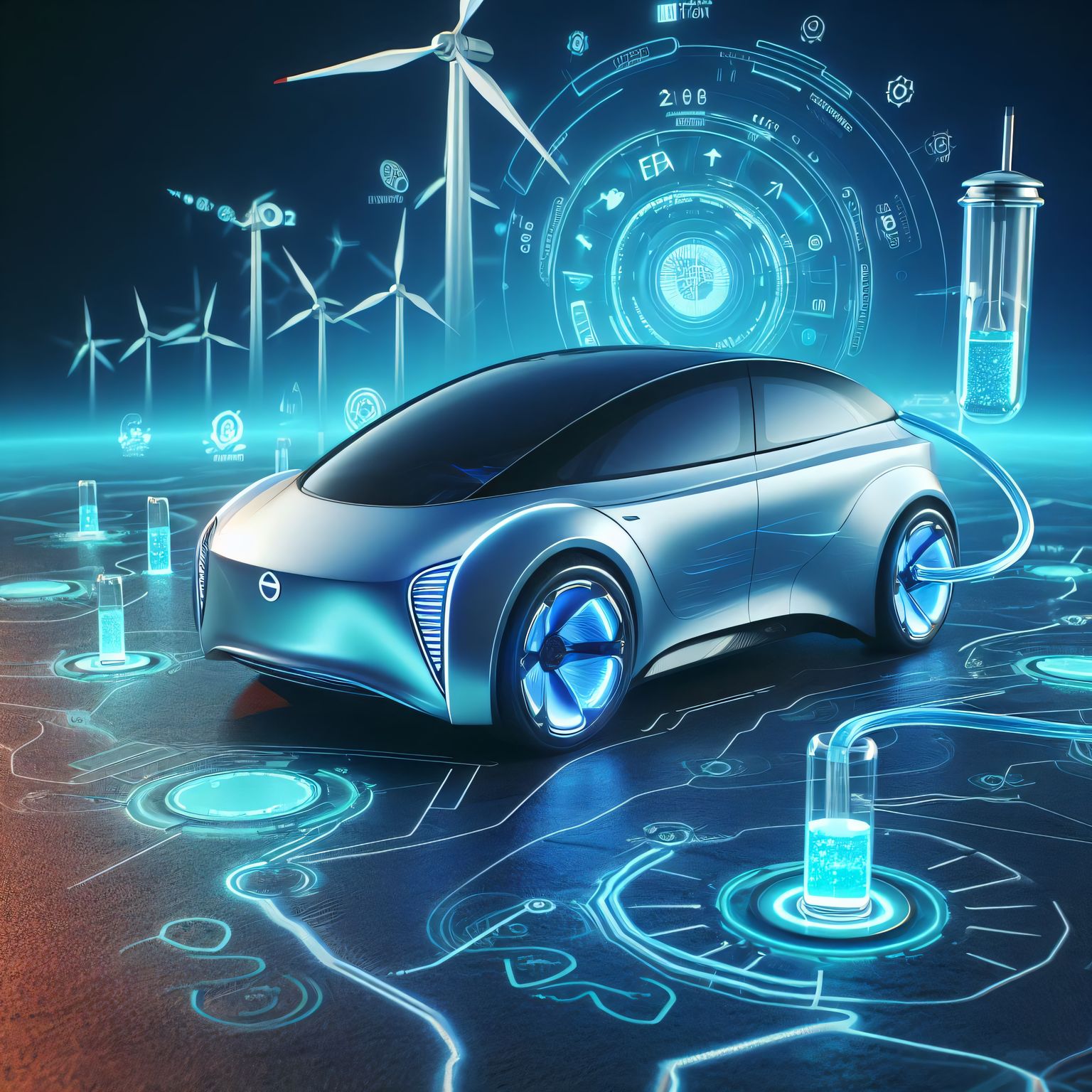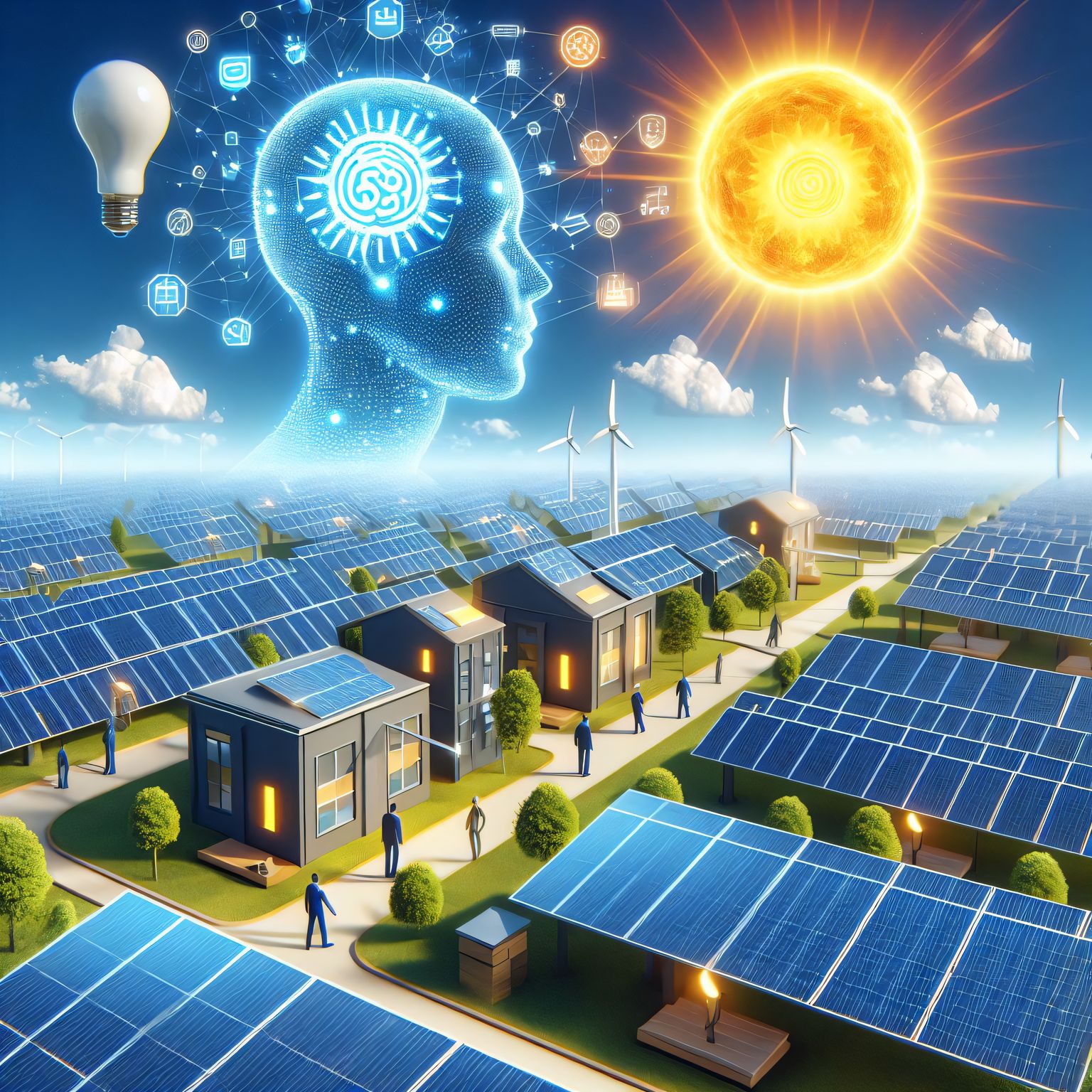Imagine a future where your car emits nothing but water. Picture yourself traveling over 300 miles before needing to refuel, all while leaving zero carbon footprint. This is the world that hydrogen fuel cars promise to deliver. Let’s explore the recent progress in hydrogen car technology and its impact on sustainable transportation.
Hydrogen fuel cell vehicles (HFCVs) convert hydrogen into electricity to power the motor. The only byproduct is water vapor. Pair the technology with green hydrogen production and you have a true zero emissions vehicle.
Major car makers already offer hydrogen models including the Toyota Mirai, Hyundai Nexo, Honda Clarity Mercedes-Benz GLC F-Cell and BMW iX5. But hype has exceeded reality so far. Supporting infrastructure remains limited and costs are high.
So how close are we to the day when you can cruise around town or take a road trip in a hydrogen fuel cell car? This article looks at the recent progress and what needs to happen for hydrogen vehicles to become a consumer reality.
Where We Stand on Hydrogen Vehicle Technology
Before hydrogen cars can succeed, key technical challenges around production, storage and refueling need solutions. Engineers have been busy tackling these issues.
Storing Enough Hydrogen is Still Tricky
The low density of compressed hydrogen gas makes storing enough fuel to deliver 300+ miles of range a packaging headache. Pressurized tanks holding hydrogen at 10,000 psi (700 bar) provide the needed capacity but take up considerable space.
Tank costs are also high, up to $20 per kilogram of hydrogen storage capacity. Engineers continue tweaking carbon fiber tank designs to maximize storage while minimizing weight and size.
New approaches like absorbing hydrogen into solids or liquids show promise but remain early stage. We’re still several years away from compact, inexpensive hydrogen storage systems that consumers expect.
Pumping Hydrogen into Cars Presents Challenges
Refueling with hydrogen is similar to gasoline or natural gas vehicles. But the low temperature required to keep hydrogen dense coupled with the high pressures mean deliver enough fuel quickly requires complex station equipment.
A refueling session currently takes around 3-5 minutes for passenger cars. While not much longer than gasoline, engineers keep working to optimize the process and lower costs.
Hydrogen Production Must Get Cleaner
Today over 99% of hydrogen comes from fossil fuels, emitting substantial greenhouse gases. Long term, renewable options like splitting water with wind and solar electricity are needed to achieve the full environmental benefits.
That green hydrogen remains expensive. But costs are dropping as production scales up. And innovative options like making hydrogen from algae are also being researched.
Hydrogen Fuel Cell Cars Available Today
If the technology challenges sound daunting, it’s important to note that HFCVs already exist on the road today. Here are some of the popular models driving around:
- Toyota Mirai: The 2021 Toyota Mirai is a hydrogen fuel cell sedan. It has rear-wheel drive and an EPA-estimated range of 402 miles. The Mirai uses a Proton Exchange Membrane Fuel Cell (PEMFC) that operates within a range of -22°F to 221°F and produces a power output of 103kW. The vehicle consumes about 1 kg of hydrogen per 100 kilometers and achieves approximately 400 hydrogen-based km in the NEDC cycle.
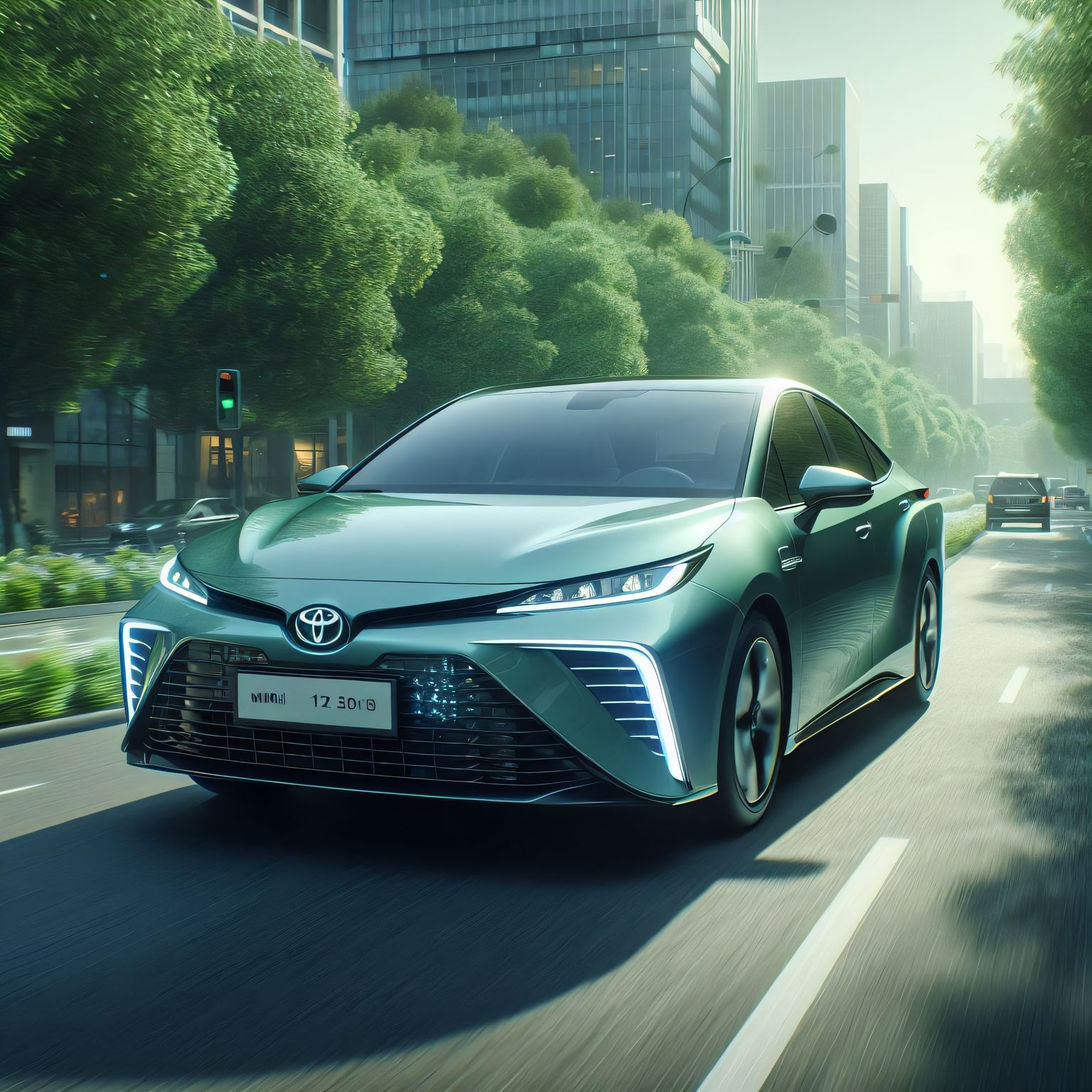
- Hyundai Nexo: The Hyundai Nexo is a hydrogen fuel cell SUV. It offers a range of up to 380 miles. The Nexo uses a revolutionary fuel cell system and recuperative braking to charge its battery and maintain a healthy state of charge. With just 5 minutes of filling time and a driving range of 666 kilometers (WLTP), the NEXO proves the practicality of an eco-friendly powertrain.
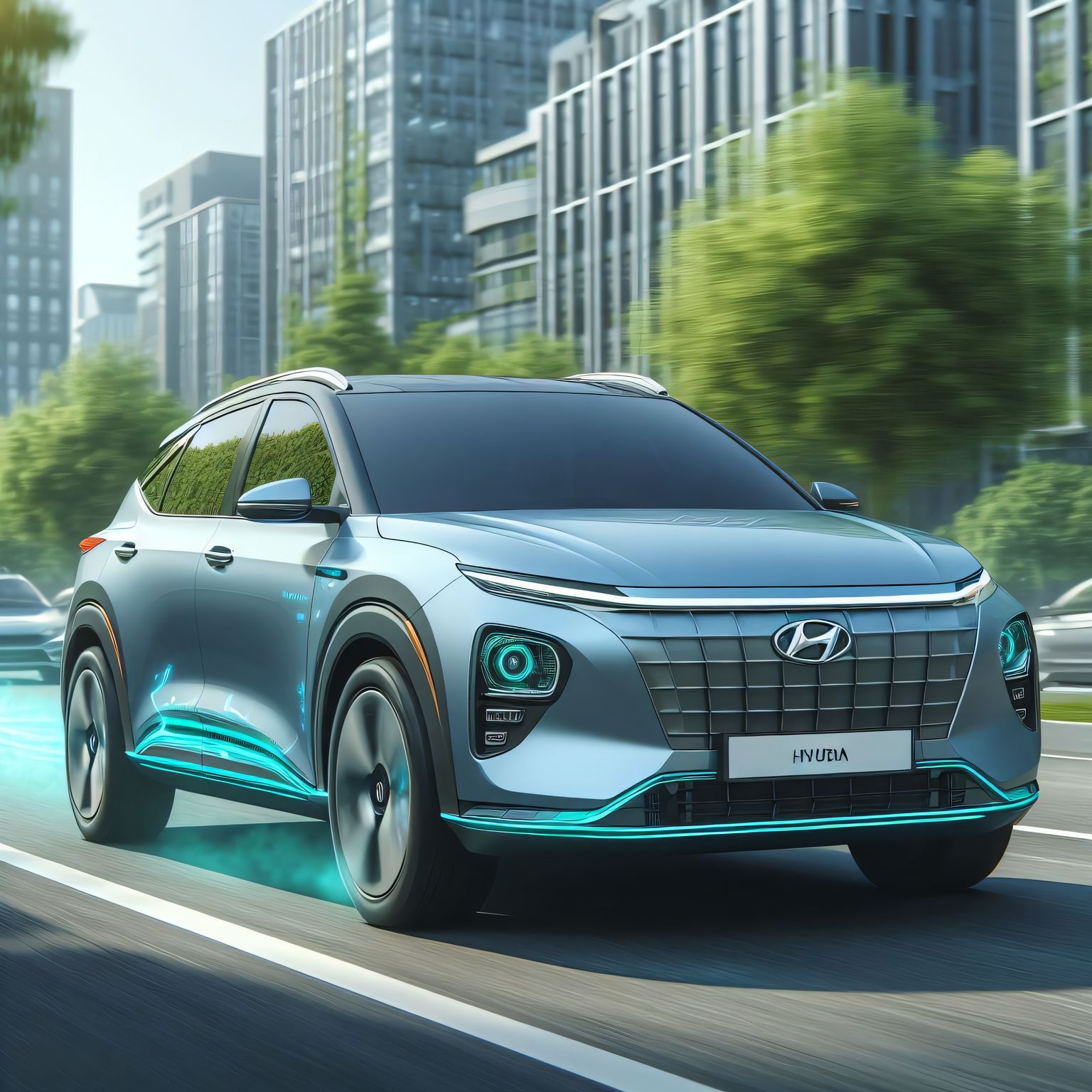
- Honda Clarity: The Honda Clarity Fuel Cell variant provides a range of 360 miles. However, Honda has ended production of all models of the Clarity. The Clarity uses a Proton Exchange Membrane Fuel Cell (PEMFC) that operates within a range of -22°F to 221°F and produces a power output of 103kW. The vehicle consumes about 1 kg of hydrogen per 100 kilometers and achieves approximately 400 hydrogen-based km in the NEDC cycle.
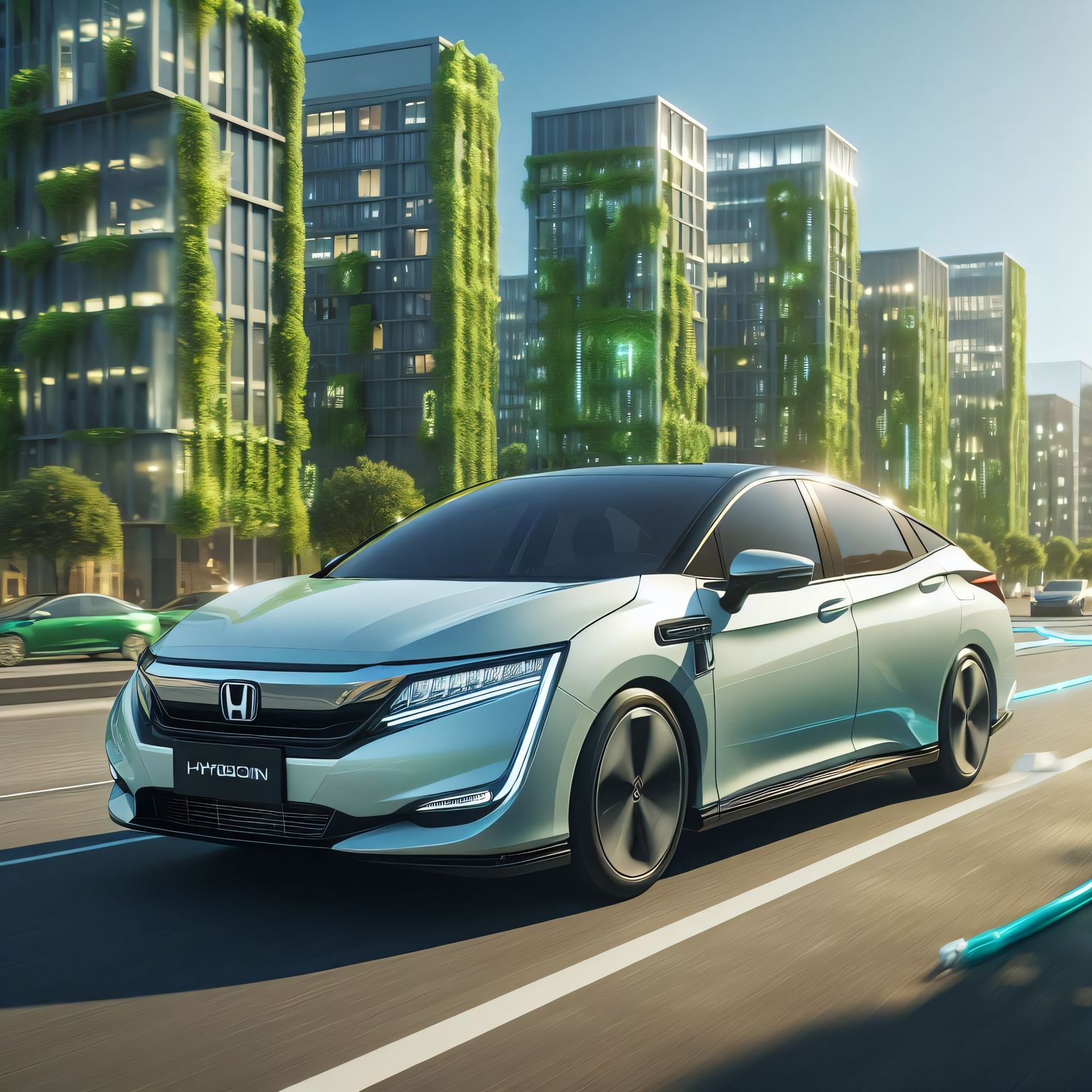
- Mercedes-Benz GLC F-Cell: The Mercedes-Benz GLC F-Cell is a luxury SUV that combines hydrogen and plug-in charging. It was only leased to customers. The GLC F-Cell uses an entirely new fuel cell system that is extremely compact. The whole system fits in the engine compartment and has been installed at the same mounting points as a traditional car engine. The vehicle consumes about 1 kg of hydrogen per 100 kilometers and achieves approximately 272 miles of range.
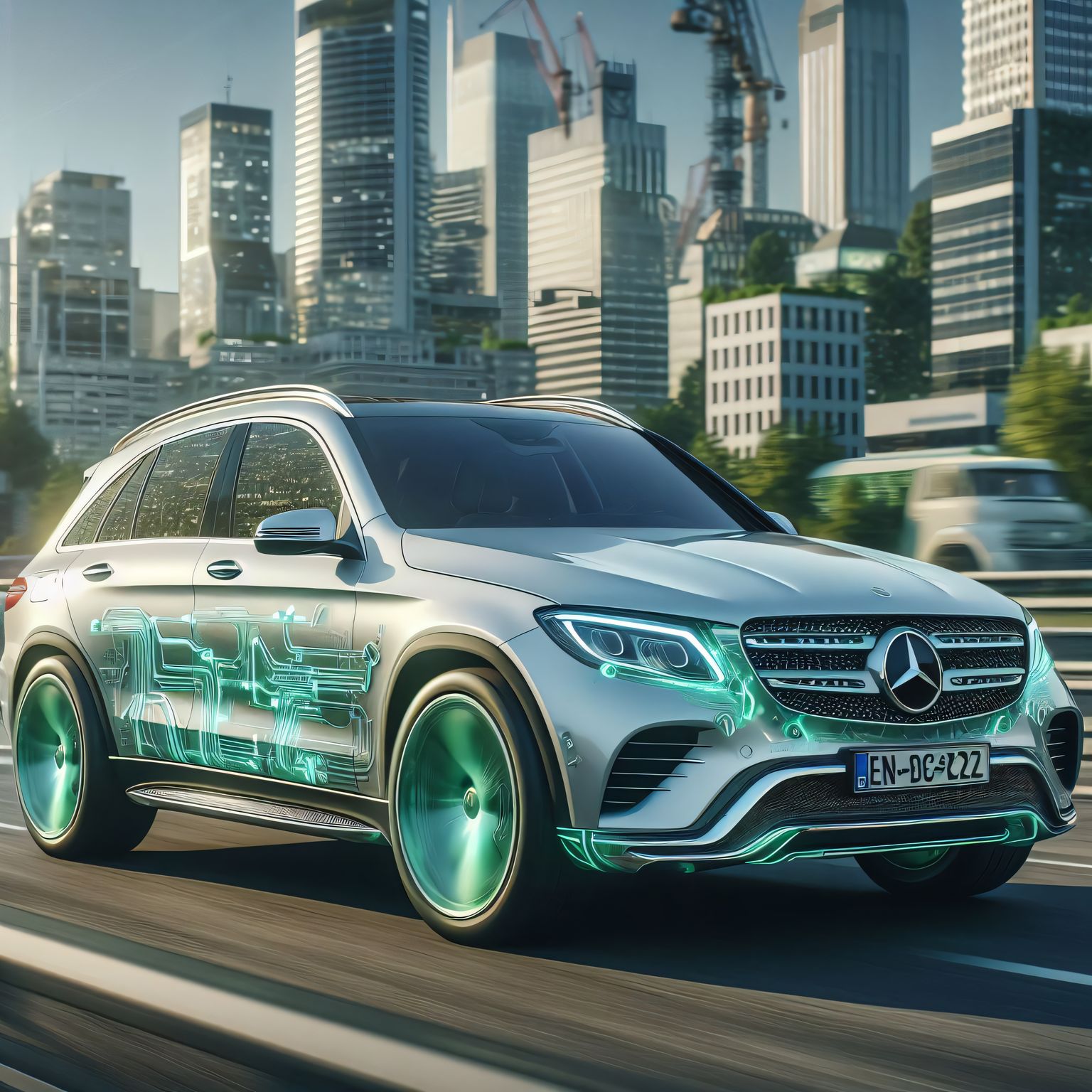
- BMW iX5: BMW converted the fourth-gen X5 into a hydrogen fuel cell electric model called BMW iX5. The BMW iX5 uses a hydrogen fuel cell electric powertrain co-developed with Toyota. The vehicle’s drive system converts hydrogen stored in two 700-bar tanks made of carbon fiber reinforced plastic into electricity in a fuel cell. It delivers an electrical output of up to 125 kW (170 PS/168 hp).
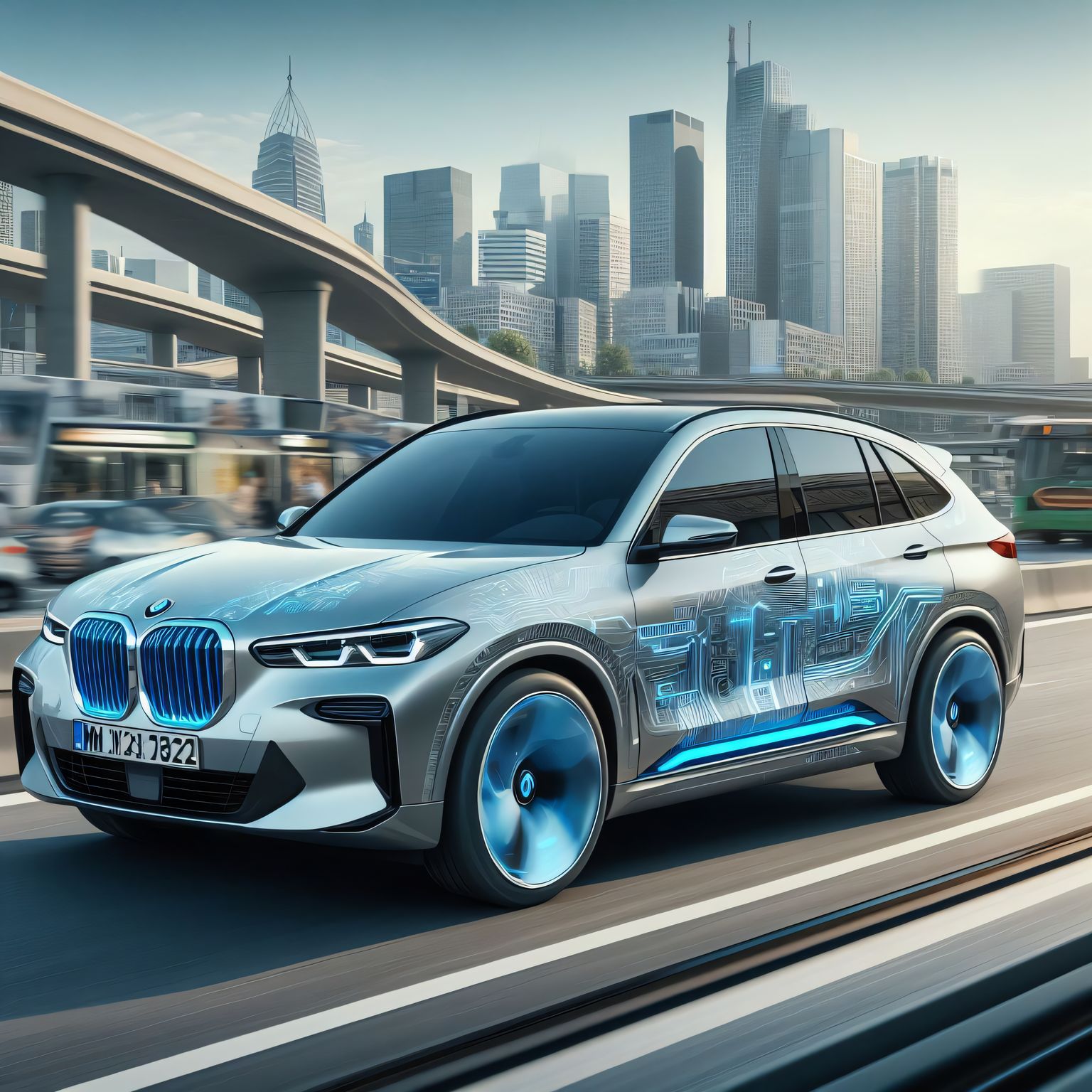
These early Hydrogen Fuel Cell Vehicle (HFCV) offerings prove the fundamental technology works. But being built in limited numbers, the cars remain cost prohibitive for most buyers. However, the future of hydrogen vehicles looks promising with several new models on the horizon. Honda has announced a new hydrogen-powered CR-V, set to be released in 2024. Ineos has begun testing a hydrogen fuel cell version of their Grenadier model. Land Rover is reportedly working on a fuel cell version of their Defender model. Lastly, Toyota is reportedly working on a hydrogen version of their Hilux model. As the infrastructure for hydrogen fueling stations continues to develop, we can expect to see more hydrogen vehicles on the road in the near future.
The Hydrogen Refueling Network Challenge
What good is a hydrogen car with no place to refuel? Building out a nationwide network of stations remains the primary obstacle to mass adoption.
California leads with over 45 public stations concentrated around Los Angeles and San Francisco. But large regions still have no hydrogen pumps.
Things look somewhat better in Europe and Japan where governments have supported station rollouts. Countries aim for hundreds of locations over the next decade.
But even in places with clusters of stations, taking longer trips requires careful planning. Until refueling gets as convenient as gasoline, hydrogen cars will remain a niche.
Progress Accelerating Worldwide
While challenges remain, the momentum behind hydrogen transportation is accelerating fast. Governments, automakers and energy companies are pouring billions into the sector.
China aims to have one million fuel cell vehicles on the road by 2030 along with 1000 hydrogen stations. Germany targets 400 stations by 2023. Global spending on hydrogen infrastructure reached $1.5 billion just in 2020.
Large scale production of green hydrogen from renewables is also ramping up in places like Spain and Chile ahead of expected demand.
And more car choices keep arriving like the Genesis G80 Fuel Cell unveiled in early 2022. Given the massive investments happening, hydrogen’s transportation future looks increasingly bright.
When Will Hydrogen Cars Go Mainstream?
Forecasts vary on when hydrogen vehicles transition from early adoption to mass consumer adoption. Predicting new technology timelines is precarious. But growing momentum provides clues.
Toyota believes cost parity with gasoline cars and ubiquitous refueling could happen around 2030. Others expect a slower rollout with broader availability in developed countries by 2035-2040.
Either way, clear signs point to hydrogen eventually becoming a pillar of sustainable transportation alongside battery electrics. Patience and persistence will get us there.
Imagine Your Hydrogen Future
The shift to a cleaner transportation system requires bold ideas and innovative technologies like hydrogen. There’s much work left realizing its full potential. But the possibilities are exciting to consider.
Soon you might spring for an elegant new hydrogen sedan or SUV knowing you’re not compromising on range or refueling. You may barely notice the bigger changes happening on the energy and environmental front. But they’ll be no less profound.
Of course challenges remain reaching this sustainable future. But with scientists, governments, companies and consumers pulling together, a world of zero emission mobility is firmly within reach.

